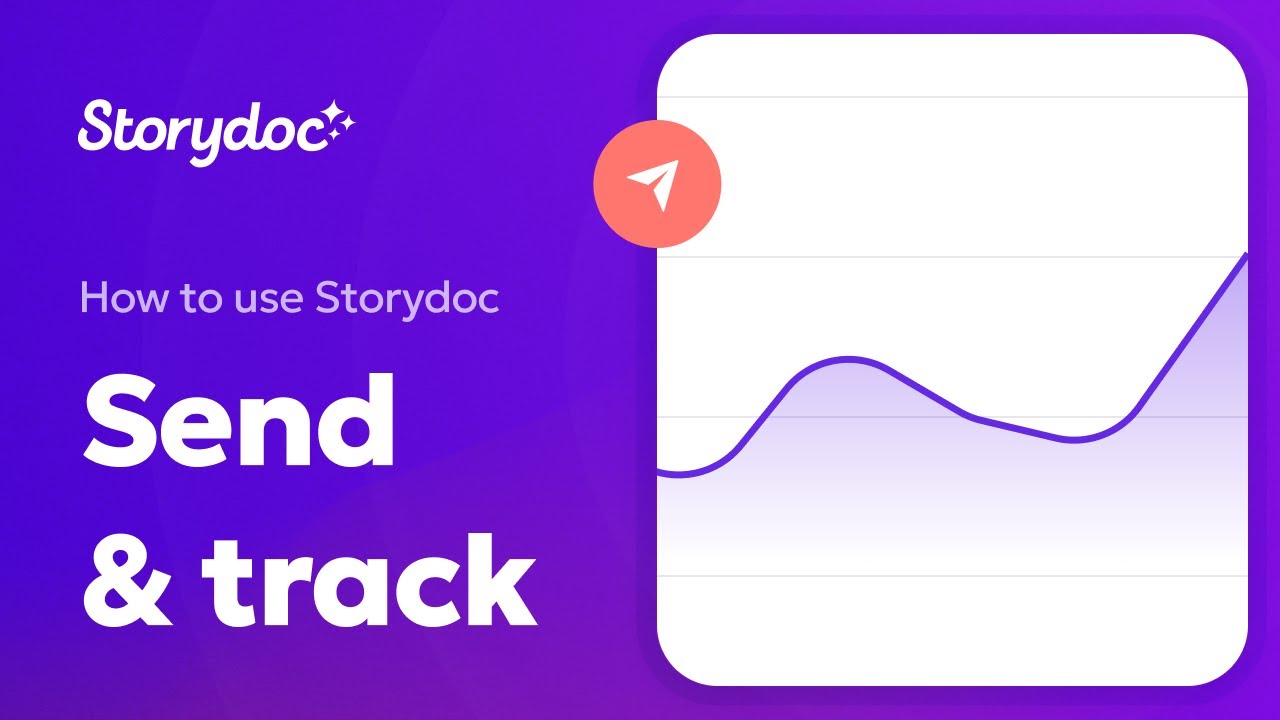The key Difference Between Sales Prospecting and Lead Generation
Sales prospecting and lead generation are 2 distinct but interconnected processes that contribute to the overall sales and marketing efforts of a business.
Understanding the difference between the two is essential for developing a comprehensive strategy.
Let's explore how sales prospecting and lead generation differ:
Sales prospecting is about targeted outreach
Sales prospecting is a proactive approach to identifying and engaging potential customers who align with your ideal customer profile.
It involves actively searching for prospects and initiating contact with them. The primary focus of sales prospecting is to identify and qualify prospects who have the potential to become paying customers.
It is about finding the right individuals or businesses that can benefit from your products or services and building relationships with them.
Sales prospecting involves techniques such as researching, prioritizing, personalizing outreach, and nurturing relationships over time.
Lead generation is about capturing interest
Lead generation captures potential customers' interest and contact information through marketing tactics.
It involves creating valuable content, optimizing lead-generation landing pages, and attracting a broader audience. Sales prospecting, on the other hand, focuses on targeted outreach to specific individuals or businesses.
It tailors messages, builds relationships, and identifies promising prospects. Integrating both approaches maximizes success, nurturing relationships, and converting leads into loyal customers.
Now let’s go into detail about what each of these really is and how it’s done…











